Both Masculinity and femininity are how you identify and how people recognise you to be. This is shown in your attitude, behaviours, and characteristics, but also in your gender identity. The terms ‘masculinity’ and ‘femininity’ are binary opposite, this means the related terms have opposite in meaning. Some examples of this which I think are interesting concepts are: young vs old, man vs woman, ignorance vs wisdom, and action vs inaction.
Femininity
Femininity is typically associated with girls and women. We perceive them to dress in feminine ways and have typical characteristics, behaviours, and attitudes generally associated with girls and women, such as being nurturing and polite.
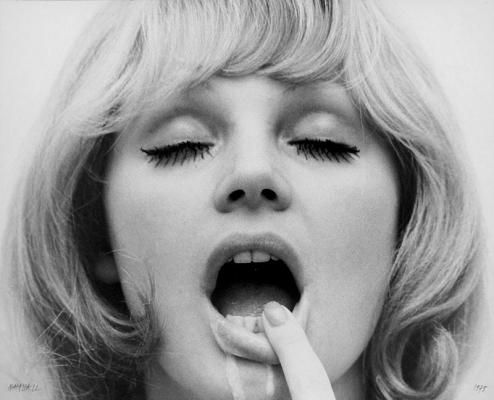


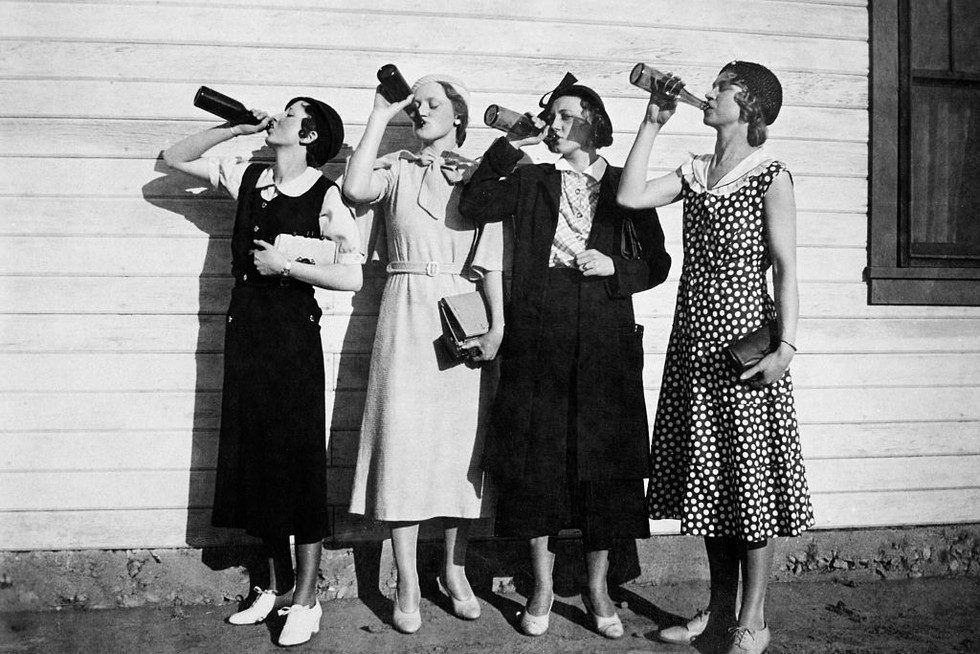
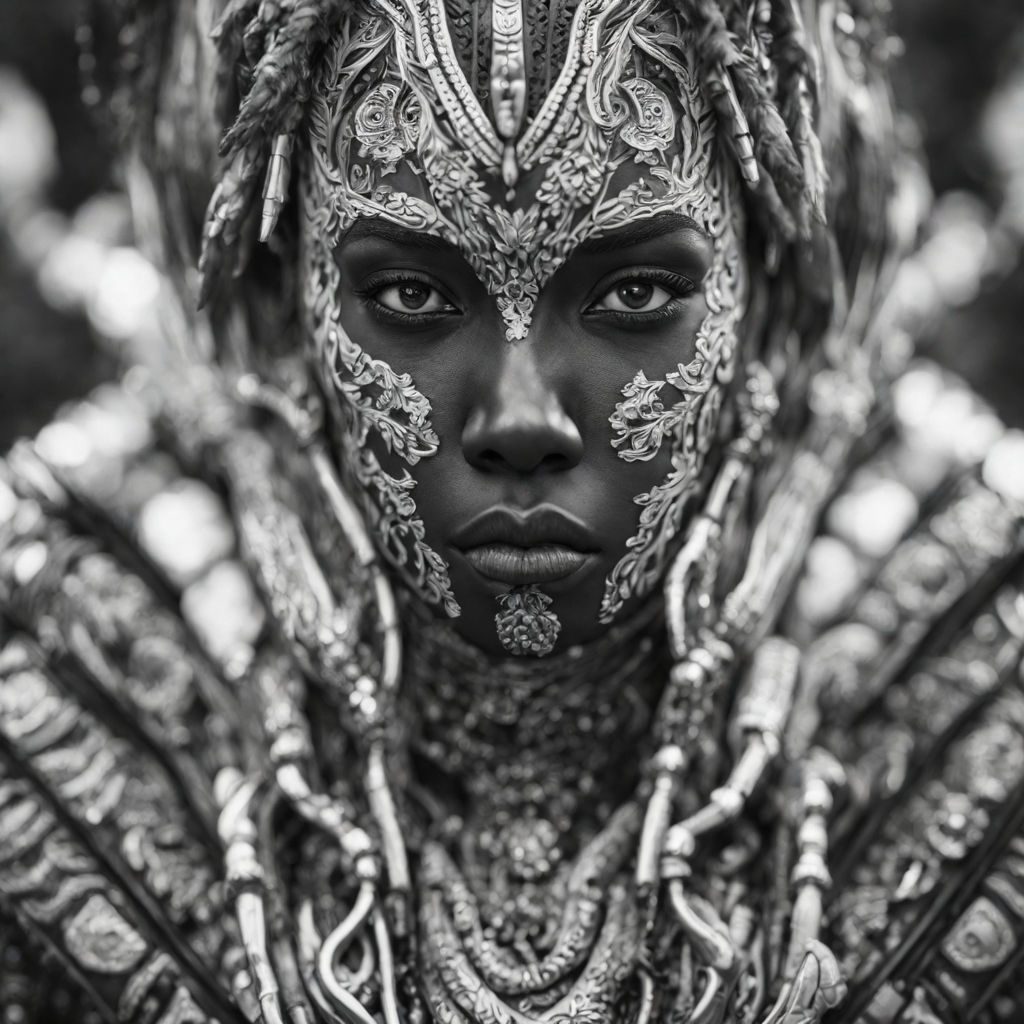



Femininity now & then
Femininity today is called modern feminism, and we would associate it with these qualities: independent, strong, confident. Traditional feminism is more focused on women fighting for their rights against men. We would associate them to be a stay at home wife or mother where they would do the cooking, laundry, and looking after children.
Masculinity
Masculinity is attitudes and behaviours that signify maleness, but can also be what we recognise masculine is. Toxic Masculinity is where men have cultural pressures where they think they have to behave in certain ways and show behaviours and traits that are controlling and entitled.



Identity
Identity can be associated by with gender, culture, social, geographical, political, stereotypes and prejudices.
Culture identity is what we recognise to be shared characteristics between a group of people whether that is religion, language, cuisine or social behaviours.
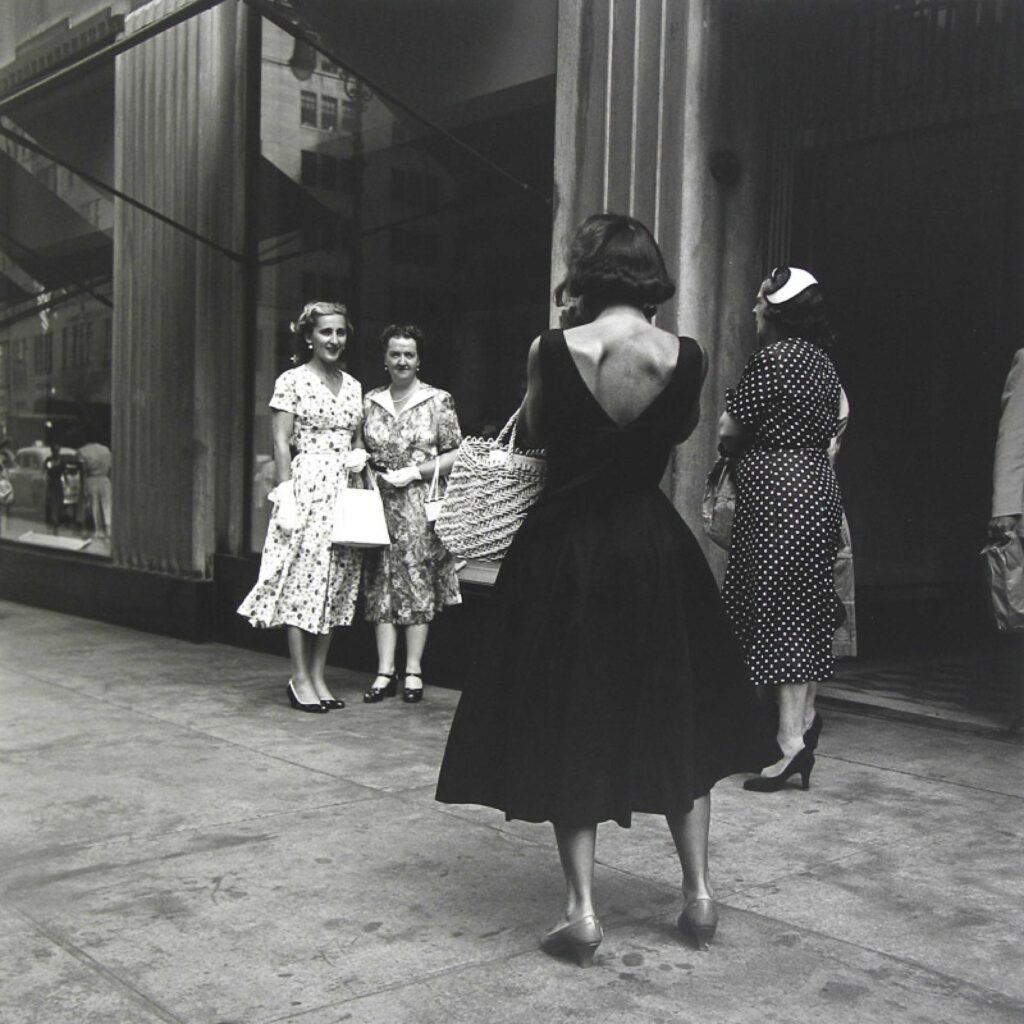
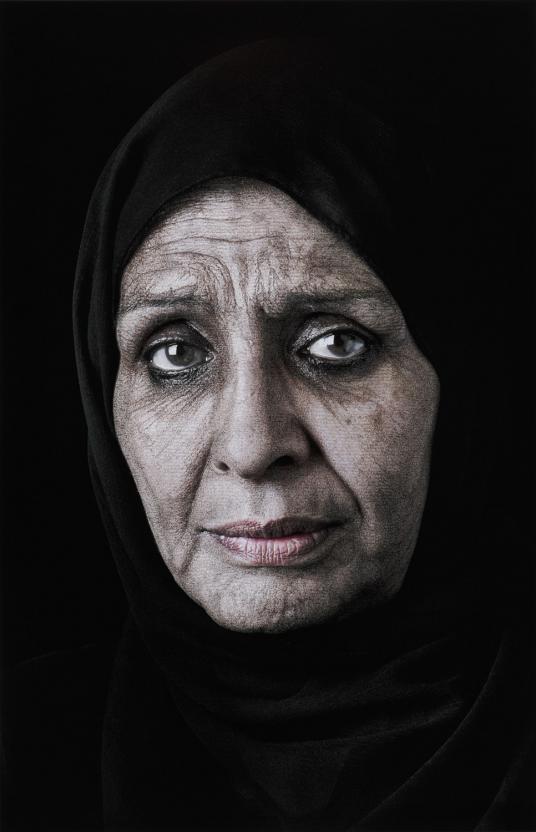



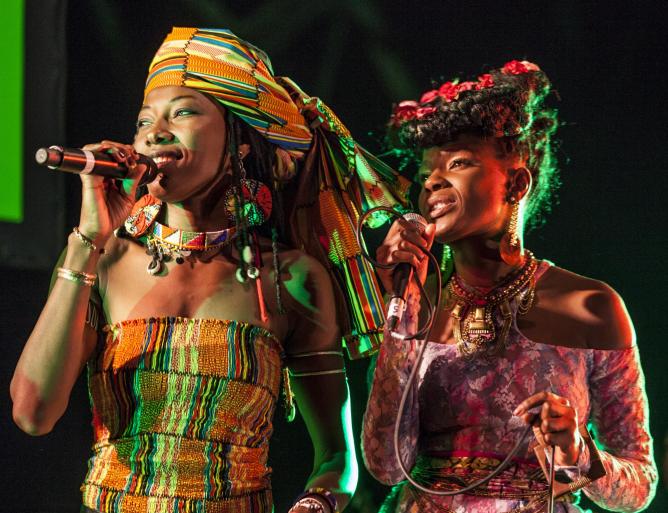
Identity Politics
Gender, age, ethnicity, culture, social groups, are all examples of identity.
